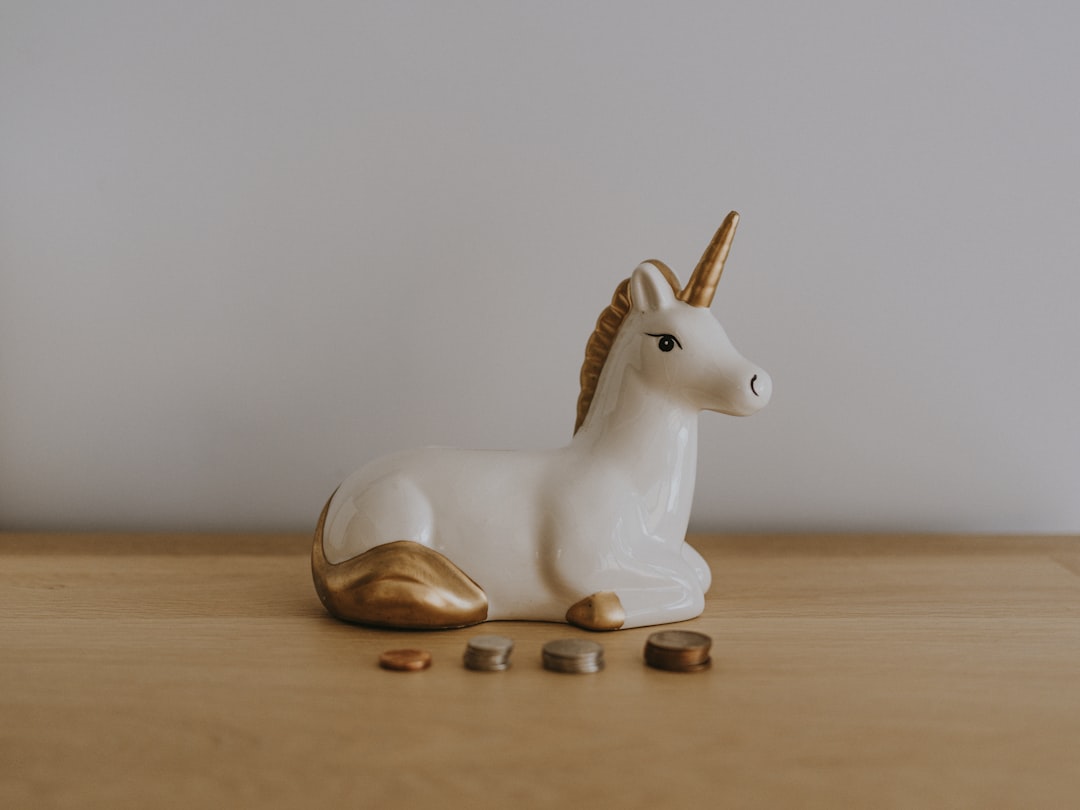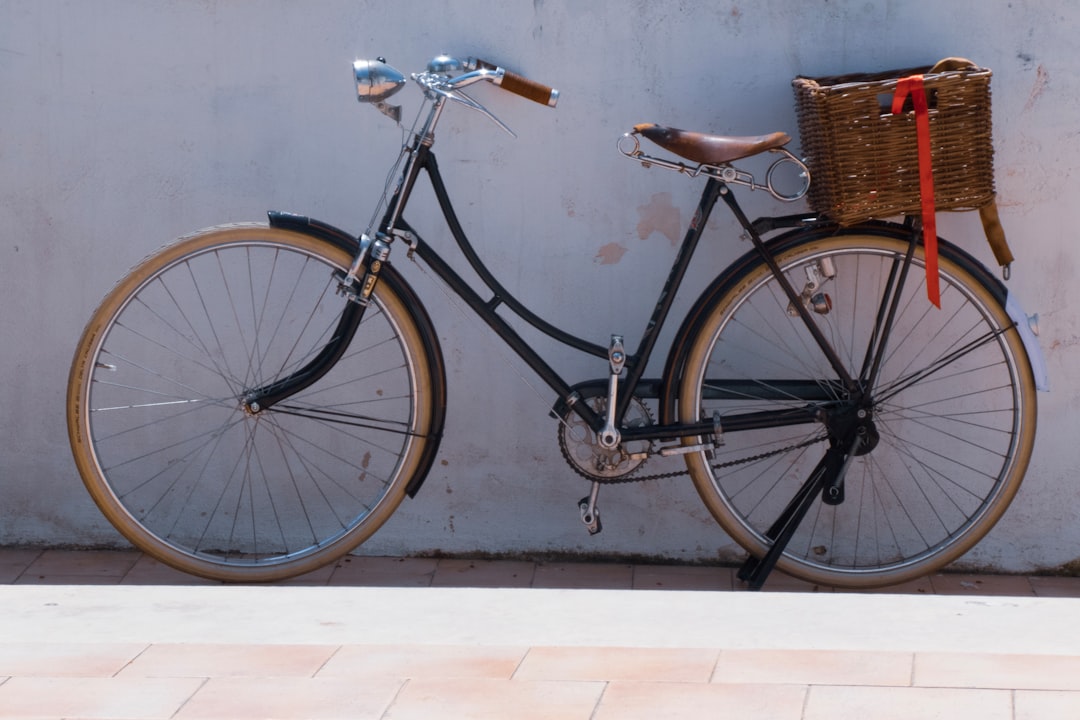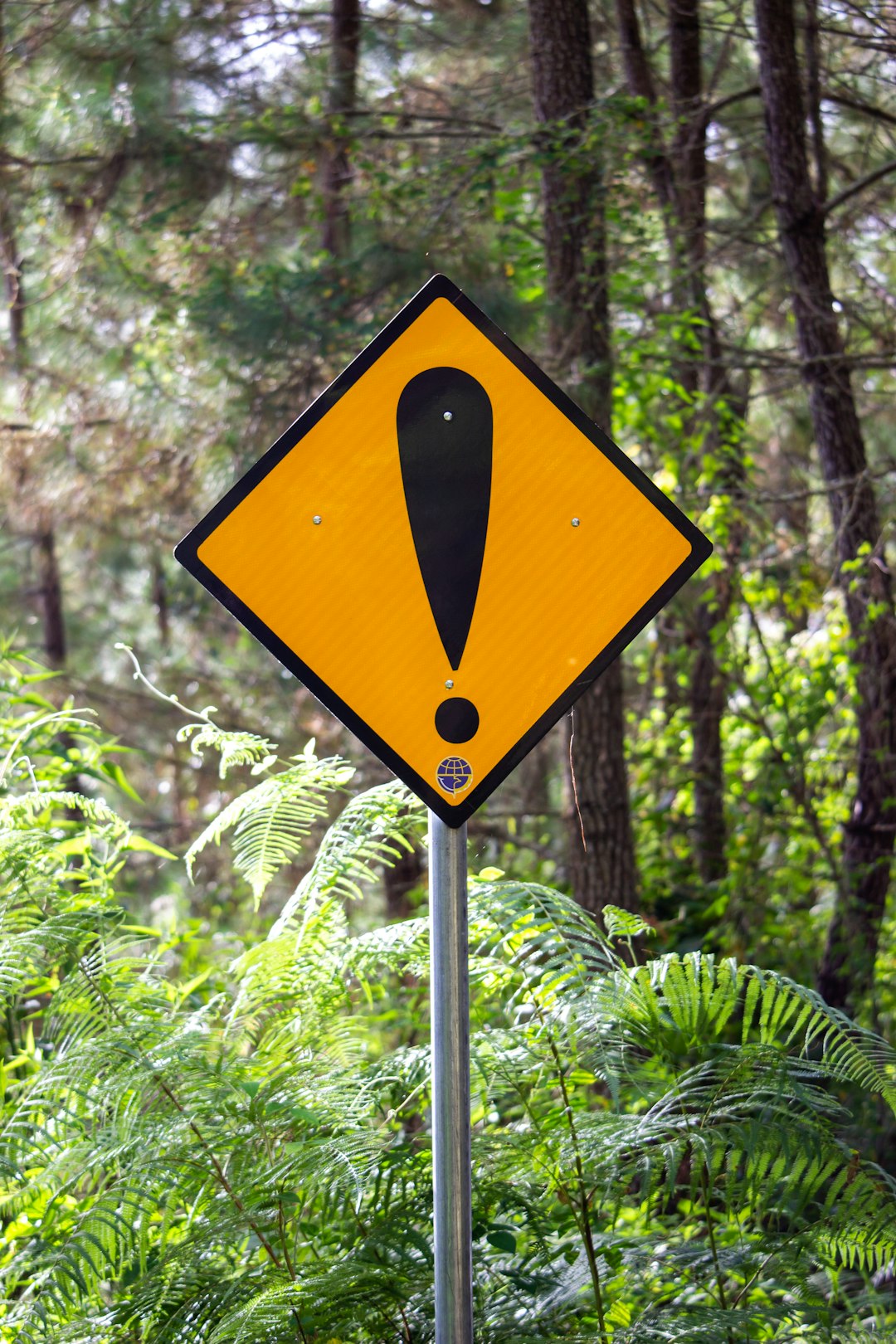
Usually this newsletter goes out on Tuesday -- but this past weekend was the very first module for Cohort 10 at POCA Tech (which is amazing to think we’re in the school’s tenth year) and on the morning of Orientation (last Friday) my partner Skip and I both tested positive for COVID. Between the two of us, we were scheduled to teach 70% of the classes in the module. So everybody went into high gear to cover the gaps and/or move things to Zoom. Then on Sunday morning, one of the students in the class tested positive for COVID also, which is something that had never happened before.
Thanks to lots of hard work and goodwill throughout the school, we got to the end of the module with everybody, miraculously, in a positive frame of mind. Cohort 10 seems very mature and responsible and on top of their game already. So our tale of woe has a happy ending, but it’s also a perfect lead in to a newsletter I’ve been trying to write for a while. I promised a few people I’d answer some questions we get on a regular basis: Why is POCA Tech the only school of its kind, and when will there be others, and what would it take to start one?
Small business
One of the reasons I think this weekend went as well as it did is that we’ve learned to frame the POCA Tech program as preparation for running a small business. A lot of people don’t realize that the acupuncture profession is made up almost exclusively of small businesses, or according to the definition of the Small Business Administration, businesses with average annual receipts under $7.5 million and less than 500 employees. Working Class Acupuncture is a small business, with annual receipts of around $700K and about 16 employees. Most acupuncturists are self employed, and most of them have micro businesses, which is a subset of small business and is defined as businesses with fewer than 10 employees.
Almost all acupuncture schools are small businesses and almost all of the organizations (NCCAOM, ACAHM, etc) that shape the acupuncture profession are small businesses themselves. Small small small, in every direction.
But for some reason, people in the acupuncture profession have not come to terms with that, and they keep expecting the acupuncture profession to behave like it’s big business. As we told the Cohort 10 students, our world is like this:

not this:

Proceed accordingly.
At POCA Tech we aim to teach the business version of how to competently and joyfully ride your bicycle through a low income neighborhood; we are not offering you an effortless cruise through the nice part of town in a Land Rover. Or even a Subaru. This past module was in some sense the best possible introduction to our shared small business reality and its attendant risk, limited resources, and the need to make do. It was a bumpy ride — and Cohort 10 handled it just fine.
Acupuncture is a tough business, and acupuncture education is an even tougher business, so it’s not surprising that people are not lining up down the block to open acupuncture schools. What IS happening is that acupuncture schools are closing at a rate that should be concerning (more about that in a minute).
If you want to open an acupuncture school, you have to embrace the small business aspect of it, not just love the subject of acupuncture so much you want to teach it — that won’t cut it. You have to be very motivated to ride that rickety bicycle up a particularly steep and unforgiving hill, because:
Infrastructure.
The back end of an acupuncture school, the administrative part of it, is a much bigger thing than most people realize. A helpful way to think about acupuncture education is that the template was constructed in the 1980s, and has not been meaningfully updated since.

Acupuncture has been present in the US in one form or another for a long time, but there was no such thing as an “acupuncture profession” until the 1980s. My friend Tyler Phan is the authority on how the acupuncture profession was cobbled together and I’m just paraphrasing him here. The story of acupuncture in the US is a complicated story about race, class, and state power.
Let’s just say that the acupuncture profession was put together very quickly, under the influence of people with limited information about acupuncture itself and plenty of unearned confidence that they could recreate the social power and financial compensation of physicians — for those acupuncturists they thought deserved it — if only they built the right kind of infrastructure and passed the right kind of laws to protect their turf. I would bet that they weren’t thinking about how the small businesses of future acupuncturists would fare in the regulatory environment they were creating.
As a result, acupuncture schools have a massive regulatory burden to contend with and they need serious infrastructure to meet that burden. All schools have to meet the same infrastructure standards, even when they are tiny (like POCA Tech and some others). Infrastructure generally costs money, which most acupuncture schools fund via access to federal student loans. If you combine the micro business reality of acupuncture with the grandiosity of the 1980s vision that established its regulatory parameters, what you get is this:
The math just doesn’t work.
What acupuncture schools charge in order to fit into the 1980s vision of the founders is totally out of proportion to what most graduates earn today. The infrastructure of the acupuncture profession is propped up by students mortgaging their futures.
If you open an acupuncture school, you’re going to have to do some bizarre and elaborate contortions in order to comply with all the regulatory demands WITHOUT burdening your students with crushing loan debt. (What small business benefits from starting out with hundreds of thousands of dollars of debt?) That’s what we do at POCA Tech, and so far nobody else has been willing to do anything similar. I can’t say I blame them.
Part of the unpalatable truth about all this is that we have an affordable acupuncture school in part because I have CPTSD and I’ve never had a reliable internal gauge for what’s reasonable. Don’t get me wrong, ten years in I love POCA Tech, truly. But leading its startup was not exactly a demonstration of good self-care skills; I didn’t have many of those. I have more now, in part because the school forced me to develop them or be eaten alive. If you open an acupuncture school and your mental health is in better shape than mine was, you need to be prepared to protect yourself as you’re navigating a slew of contradictions and opposing forces.
I’m not exactly selling this, am I? Which is too bad because we need acupuncturists to provide acupuncture and so we need acupuncture schools — which may soon be in short supply.
Trouble Ahead
Photo by Muhammad Daudy on Unsplash
Enrollment in acupuncture schools overall has declined steadily over the last decade, 25% since 2014 (according to ACAHM). Which happens to be the year POCA Tech opened, and I bet some acupuncturists would say that’s not a coincidence! I don’t think we actually ruined the party, though -- I think more prospective students have decided that acupuncture school is a bad investment. Three of the oldest, most established acupuncture programs have either closed or are in the process of shutting down: Southwest Acupuncture College (founded 1980), American College of Traditional Chinese Medicine (founded 1980), and Maryland University of Integrative Health’s acupuncture program, formerly the Traditional Acupuncture Institute (first class in 1981).
That’s nothing compared to what’s coming, though, if the federal government actually starts enforcing the new Gainful Employment regulations. Of the 50 some acupuncture institutions in the US, only two of them don’t depend on federal student loans. One of those is POCA Tech. The Department of Education wants to crack down on programs which have an unacceptable debt-to-earnings ratio which, guess what, is pretty much ALL acupuncture schools. Not all acupuncture schools will be subject to the most stringent aspects of the Gainful Employment regulations, only the for-profit schools (about half of the total), but all of the schools could end up on the Department’s watch list of programs that provide “low financial value” to students. The tough business of acupuncture education is about to get even tougher — starting in 2024.
Which in some ways is overdue, but nonetheless a problem if you want to train acupuncturists.
So to return to where we started and the questions people ask:
Why is POCA Tech the only school of its kind
Because it’s really, really, REALLY hard to start up and run an acupuncture school, let alone one that trains community acupuncturists…because the math doesn’t work.
and when will there be others
I have no idea — we’d love to have company — but the math doesn’t work!
and what would it take to start one?
That’s a long list (too much for this post), but the first item on it would be a willingness to venture into some very unstable, hazardous terrain with your eyes wide open. It’s not unlike community acupuncture itself — the existing template for acupuncture education isn’t serving the community and we need a new model. But so far the acupuncture profession is still too invested in its 1980s vision to allow that to happen.
And, returning to the theme of this newsletter, the only way I can imagine getting the math of acupuncture education to work any better is through multiple organizational partnerships with some very grounded, thoughtful, supportive partners. This is too hard to do alone.




